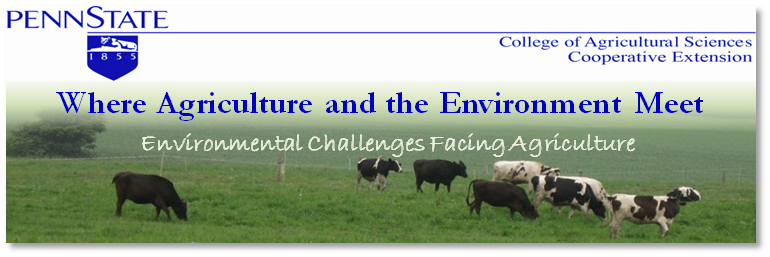by Jack Lundee with
everythingleft.wordpress.com
Land conservation, clean water, and "green spaces" are amongst the most popular topics of early 2010. In particular, the addition and/or substitution of green spaces has been quite controversial as of late. Senior resident of Urban Land Institute
Ed T. McMahon states "Green space adds value to property." Not only do areas of conservation drive economic trends upward, but they also improve the overall health of the community surrounding. For example, substituting things like golf courses for conservation areas would essentially increase surrounding property value while diminishing overpriced maintenance fees. The same holds true for airports and other large acre-eating developments. Recent findings have driven people like McMahon and fellow conservationists to investigate further into upgrading and expanding green infrastructure efforts.
Opponents state that this would ultimately drive up costs in the short term, however the return on investment would be substantial in the long term. The
U.S. Green Building Council is a 501(3)(c) non-profit community of leaders working to make green buildings available to everybody. It’s one of the many organizations playing its role in this progression.
With recent green discussion on space travel/fossil fuel emissions, deforestation and land conservation, it’s important that we as individuals/citizens stay up-to-date on important global issues like warming. As larger organizations like the
CGI (Clinton Global Initiative),
AFH (Architecture for Humanity), and the USGBC (U.S. Green Building Council) conducts sustainability campaigns and enforce strict green constraints, our world will continue to become a better, cleaner place. Machines behind the CGI,
Doug Band and Former President Clinton have been pursuing an emission reduction plan in the San Francisco Bay area. Meanwhile, GEC (Globetrotters Engineering Corporation) is underway with green building projects in Chicago, IL. Despite these few national examples, green infrastructure, particularly in places like Haiti, has become an integral part of restoration and construction.
This aligns with the implications of "economic viability" and long term sustainability, posing the questions, "Can Haiti really make it through all the costs of repair and reconstruction?" Infrastructure can take a toll on any economy, especially if the funds aren't there. This goes hand in hand with meeting modern day LEED standards and approaching this in a "greener" sense. Organizations like
Architecture for Humanity will make this possible. Architecture for Humanity (1999) is a nonprofit design services firm building "a more sustainable future through the power of professional design." It was formulated through a group of building professionals whose overwhelming passion for construction drove them to provide a way for underdeveloped, suffering countries to rebuild. Through their dedication and hard work, these people will be able to not only create new buildings and infrastructure, but make them bigger, better, and greener.
To touch on just
some of the things that AFH covers:
• Alleviating poverty and providing access to water, sanitation, power and essential services
• Bringing safe shelter to communities prone to disaster and displaced populations
• Rebuilding community and creating neutral spaces for dialogue in post-conflict areas
• Mitigating the effects of rapid urbanization in unplanned settlements
• Creating spaces to meet the needs of those with disabilities and other at-risk populations
• Reducing the footprint of the built environment and addressing climate change
As polluters continue to buy their way out of Carbon Cuts globally, and large organizations continue to dump their waste into lakes, ponds and rivers, communities and must play their role in ensuring sustainability; organizations like the CGI, AFH, and USGBC provide repercussion and policy change for acts such as the above. Most of the results from warming and climate change are minuscule and unnoticeable now, but our youth and earlier generations will experience firsthand the effects of pollutants and unsustainable efforts. Feel free to visit http://www.earthday.org/ to learn more about what you can do to support your world.
The above post does not represent the opinion of myself or Penn State University.

